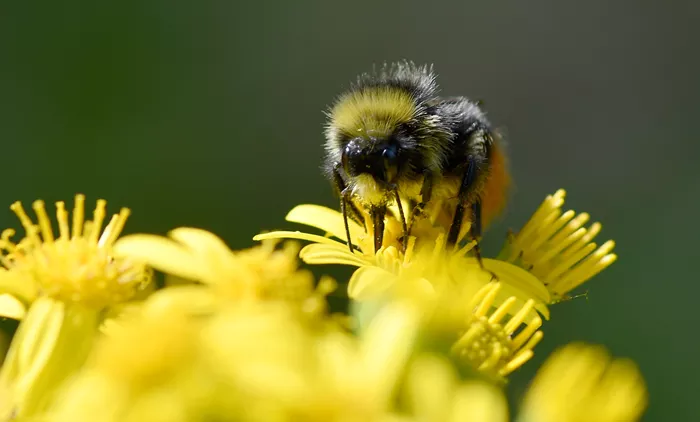Years back, scientists studying wild plants in the western US stumbled upon a colorful biodiversity puzzle. Two red Mimulus flower species, usually pollinated by hummingbirds, had rare yellow – flowered populations at their range edges. While bees seemed to like these yellow flowers, it wasn’t clear what exactly attracted them.
Recently, Dr. Kelsey Byers’ team at the John Innes Center revisited the research. Using modern lab techniques, they aimed to understand why the flowers changed color and how traits like color, scent, and shape affected the pollinator shift from hummingbirds to bumblebees.
Their experiments showed bumblebees prefer yellow flowers and visit them twice as often. The yellow flowers also had a stronger scent, which likely appeals to bees that rely on smell to find food. However, the flower shape posed problems. Bees damaged the flowers while trying to get nectar and didn’t transfer pollen well.
This study suggests the yellow flowers are in the early stages of evolving to be pollinated by bees instead of hummingbirds. It also reveals that big changes like color may happen before smaller ones in scent and shape.
Another key finding: the yellow forms of the two Mimulus species evolved both similarly and differently. In both, increased carotenoid production (the pigments that give yellow color) was involved, and the same genes played a role in this process.


